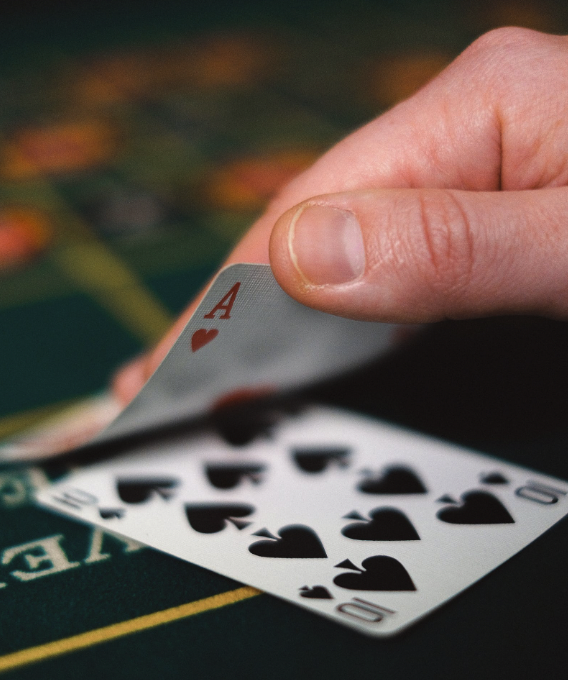In poker, a dry board refers to a board of community cards that does not contain many draws or potential strong hands.
A dry board is usually considered to be one where the cards are not very connected or coordinated, making it less likely for players to have made a strong hand.
Table of Contents
Characteristics of a Dry Board
When a board is “dry,” it typically means that there are no straight or flush draws available, and the community cards do not appear to have made any strong hands.
This type of board can be particularly challenging for players who are trying to bluff, as there are not many cards that their opponents might be afraid of.
Dry Board Example
For example, if the community cards are 4♣️-7♠️-9♦️, this would be considered a very dry board.
There are no flush draws available, and the only straight draw would require a player to have a 5 or a 6.
It is unlikely that many players would have made strong hands on this board, which means that there is less room for creative play.
Dry Board vs. Wet Board
On the other hand, a “wet” board is one that contains many draws or potential strong hands.
This type of board can be more dangerous for players, as there are many different ways that their opponents might have connected with the community cards.
Wet boards can also lead to more action and bigger pots, as players are more likely to have strong hands or be drawing to a strong hand.
Wet Board Example
For example, if the community cards are 8♥️-9♥️-10♥️, this would be considered a very wet board.
There are multiple flush draws available, as well as a straight draw.
It is also possible that a player may have already made a straight or flush, or have two pair or a set.
This type of board can lead to a lot of action, as players will be more willing to bet and raise with strong hands.
Why Board Texture Is Important
In general, the texture of the board is an important consideration for players when deciding how to play their hand.
A dry board may be better for tight, straightforward play, while a wet board may be better for more aggressive and creative play.
Board Texture Dynamics
It’s important to note that the texture of the board can change throughout the hand, as new community cards are dealt.
For example, a board that starts out dry might become wet if a flush or straight draw becomes available.
Likewise, a wet board might become dry if the turn and river cards do not bring any additional draws or strong hands.
How to Read the Flop Texture in Poker and Plan Your Hand
Conclusion
In summary, a dry board in poker is one where the community cards do not contain many draws or potential strong hands.
This type of board can make it more challenging for players to bluff, and can lead to more straightforward play.
Understanding the texture of the board is an important consideration for players when deciding how to play their hand, and it’s important to be aware that the board can change throughout the hand as new cards are dealt.


